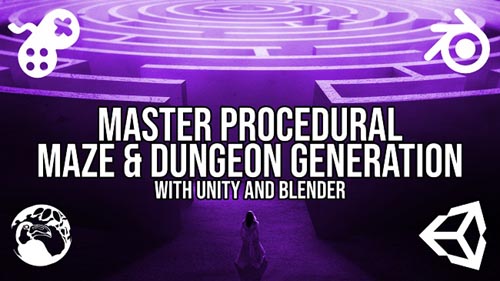Udemy - Master Procedural Maze & Dungeon Generation
cod2war
26-May-22
0
Related Articles
Udemy – Procedural City Generation in Unity C#: Grid-Based & Modular
On 24-Mar-25
by
Udemy – Procedural City Generation in Unity C#: Grid-Based...
Udemy – Procedural City Generation in Unity C#: Grid-Based...
Udemy - Unity Game Asset Creation in Blender: Textured 3D Models
On 10-May-22
by
Udemy - Unity Game Asset Creation in Blender: Textured 3D...
Udemy - Unity Game Asset Creation in Blender: Textured 3D...
Udemy - Procedural Plant Generation with Unity
On 29-May-23
by
Udemy - Procedural Plant Generation with Unity Duration...
Udemy - Procedural Plant Generation with Unity Duration...
Udemy - How to make a Shooting game-Make a Complete game in Unity
On 12-Jan-19
by
Udemy – How to make a Shooting game-Make a Complete game...
Udemy – How to make a Shooting game-Make a Complete game...
Udemy - Coding in Unity: Procedural Mesh Generation
On 23-May-17
by
Udemy – Coding in Unity: Procedural Mesh Generation...
Udemy – Coding in Unity: Procedural Mesh Generation...

Udemy - Master Procedural Maze & Dungeon Generation
Duration 20h 30m Project Files Included MP4
DOWNLOAD:You must login to show this link. No account? Create Account Category: Tutorials
Information
Users of Guests are not allowed to comment this publication.
